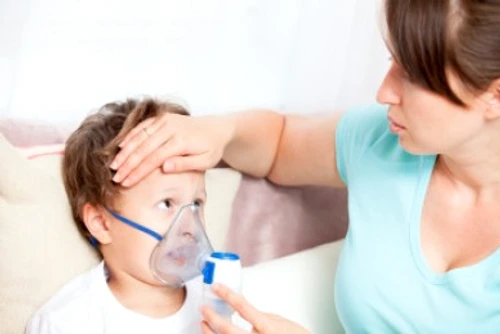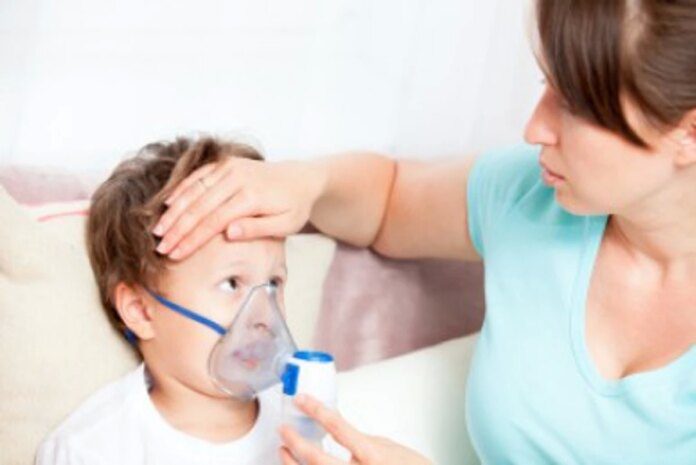
Through inhalations made with the help of an aerosol device also called a nebulizer, the medicines recommended by the pediatrician for the treatment of acute or chronic respiratory diseases reach the lungs more easily. Administered orally, the same active substances first enter the bloodstream, from where they are directed into the body, where it is needed, which means that they work for a longer time.
The aerosol machine transforms medicines into vapors, more specifically microparticles that quickly penetrate the lungs and the tracheo-bronchial tree (larynx, trachea, bronchi, bronchioles), which makes it possible to treat conditions such as: asthma, sinusitis, flu, allergy, obstructive pulmonary disease, pneumonia, bronchitis, laryngitis, bronchiolitis.
What can reduce its effectiveness
It seems easy in theory to use such a device, but not all children accept this type of administration of medicines in liquid form. They may be bothered by the noises made by the nebulizer or by the mask they have to keep on their face for 10-15 minutes. With patience, explanations and toys or temporary entertainment, the aerosol machine will be able to be used without problems for the little one.
It is essential that the mask covers the mouth and nose of the little one and not be held at a distance, otherwise a large part of the active substances is lost. Also, if the little one cries, he will no longer be able to breathe well enough for the treatment to be done correctly, therefore being ineffective.
It is usually recommended to administer nebulized corticosteroids, bronchodilators (ventolin, flixotide, dexamethasone, adrenaline) or antibiotics (gentamicin) diluted with saline. The doses prescribed by the doctor must be administered exactly and until no more steam comes out of the nebulizer, a sign that the substance has been used up.
Some parents are encouraged by the good results obtained in the past with the help of the aerosol device and apply the similar treatment at the first signs of respiratory disease, without taking the child to a pediatric consultation. If coughing or copious nasal secretions are present, aerosols cannot be applied as a method of preventing a respiratory disease.
Read also: How much the saline cure helps you
To decongest the nose, a hypotonic saline solution helps, and if the cough persists for 1-2 weeks, a doctor’s advice is needed. In addition, if the application of a mixture of physiological serum and a cortisone-based medicine had a positive effect in another episode of the disease, it is possible that it is not the right treatment or that it is not an inflammation this time.
Only the doctor decides the treatment period and the necessary dose depending on the severity of the disease, the type of disease and the weight of the child.
Applying the treatment with aerosols without the doctor’s advice, for a long period, can lead to a decrease in immunity and worsening of the disease, with the appearance of complications.

Inhaled corticosteroids are controversial. There are studies that state that they are not indicated because they have no effect in reducing hospitalization or symptoms, but there are also meta-analyses that say that administered early reduce inflammation and the duration of the disease. (…) The expected effect is one of decreasing local inflammation, therefore, when administered by inhalation, it is important first to act the medicine with a bronchodilator effect – adrenaline or ventolin – only then, after at least 7-10 minutes, to administer the corticosteroid (dexamethasone or fluticasone – flixotide). It is not accepted to mix the 2 types of substance so that the child does not spend too much time with the aerosol device.






































